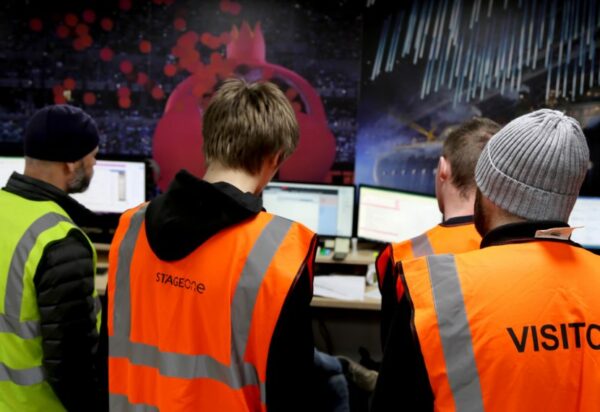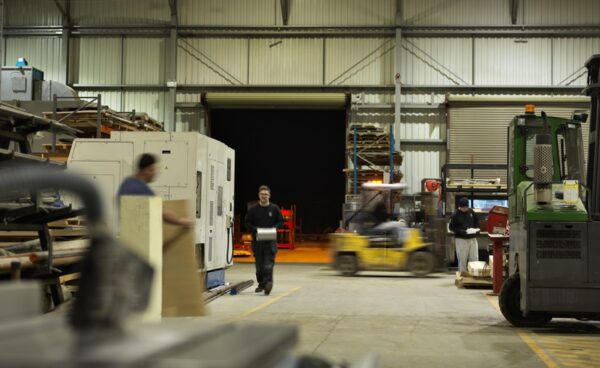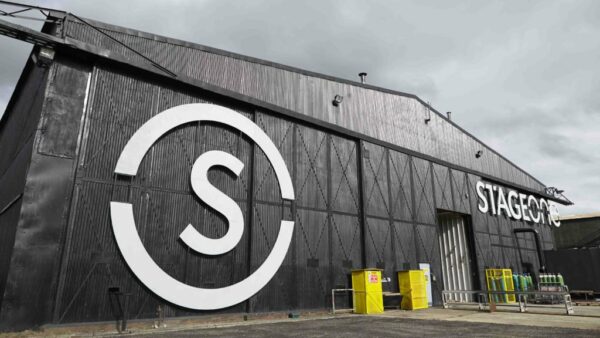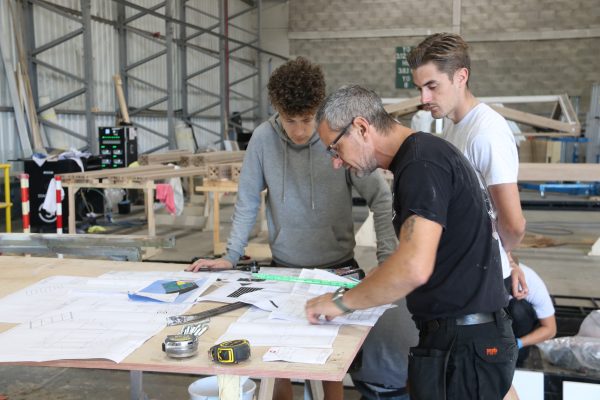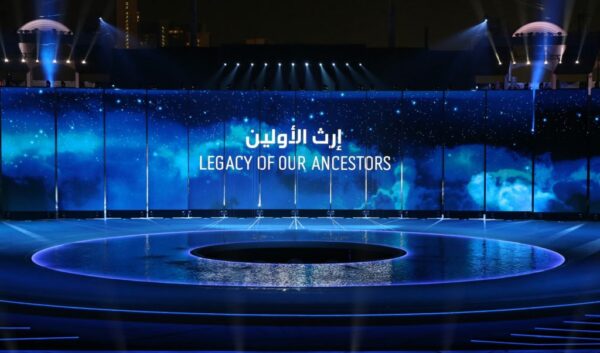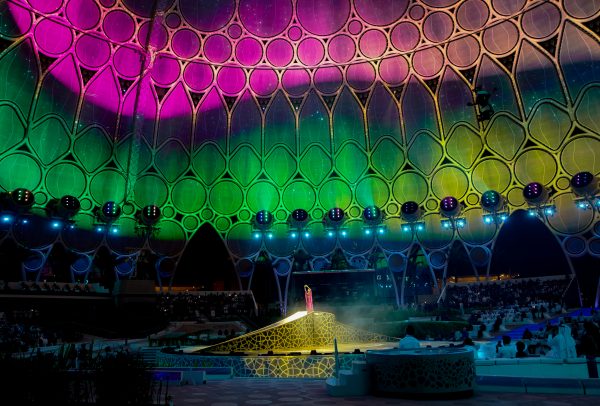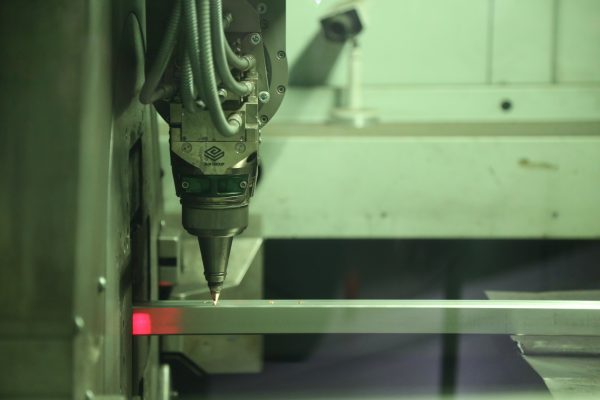
If you take a look at the projects page on our website you’ll see the things that we do span a broad range of scale. From simple bracketry through to engineered components that can occupy an entire stadium. We’re generally ambivalent about the scale at which we work. Providing there’s enough capacity in our workshop and sufficient margin in the job, we’re as happy working on a small scheme as we are on a large one. But here’s the neat thing, because most of what we do is unique and therefore requires a healthy dose of innovation, we are learning all the time. And this learning really does get passed from project to project.
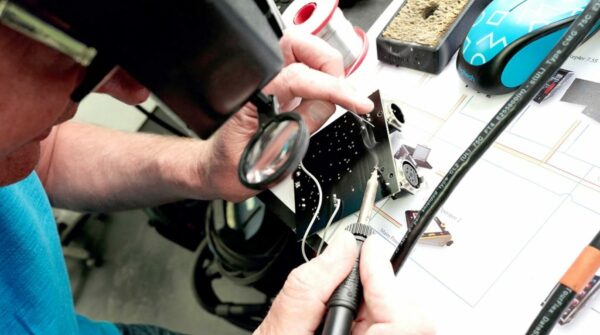
There is established research on what is referred to as ‘trickle down technology’. The model being that technology developed in cutting edge projects eventually finds its way downstream and is commoditised.
There are likely bits of the ordinary car that you drive that were once concepts on the desk of a Formula One engineer.
ABS and traction control were developed to a point that these could be commoditised by the Williams F1 team. So next time you pull up at the lights next to Nigel Mansell, you can thank him from all of us.
So does trickle down happen at Stage One? It certainly does and there are legion examples of technology that have been developed here on large projects that ends up embedded in much smaller ones. Software that we’ve written to work on Olympic Ceremonies is now repurposed to drive simple sliding screens in visitor attractions. Similarly, the process and machines we use to cut complex facade components for a pavilion are the very same we now use to cut a simple bracket or cover plate.
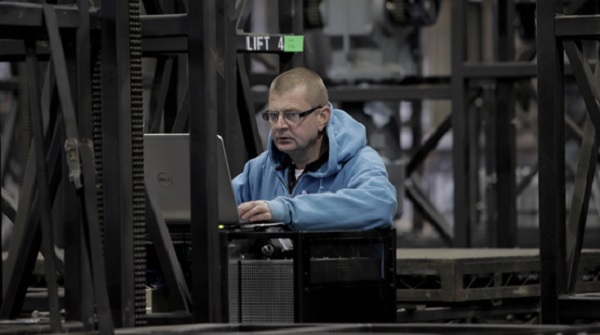
To extend the metaphor, there are examples of trickle up and trickle sideways too. Some of the learning from generative design that we have implemented on 3D printing projects has been applied in the metal shop and has reduced material usage on steel stair design. This further supports the notion that innovation isn’t confined just to large budget activities.
Innovation is more often a function of constraint than plenty.
What does this mean for our business and for our clients? There is no doubt that our experience of unusual and innovative projects helps us to solve new problems. Indeed, it’s not just overcoming problems but finding efficiencies where this is advantageous. Time pressure is always an issue and here trickledown remains a very capable ally.
For our clients there is the benefit that with every pound, dollar or dirham spent with us, we are able to produce output that builds on everything we’ve ever delivered in the past. Trickledown, trickle sideways, trickle up will always result in embedded value.
So as long as it’s good for our clients and good for us, we’re going to keep on trickling technology. Everywhere.
